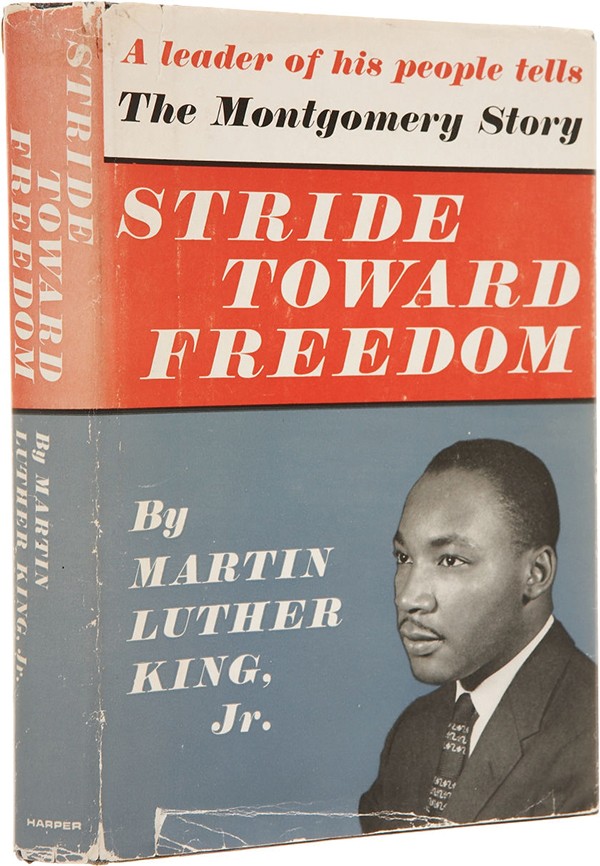When a single bullet was fired onto the balcony of room 306 at the Lorraine Motel 50 years ago, ending the life of Dr. Martin Luther King Jr., a dreamer was killed, but the dream wasn’t.
The dream didn’t die then, and it hasn’t died yet.
A plaque honoring King near the spot where he was slain, quoting the Bible, says it all. It reads: “They said to each other. ‘Behold, here cometh the dreamer. Let us slay him and we shall see what becomes of his dreams.'”
You can slay the dreamer, but some dreams can never die, especially those of a man like King. In King’s short 39 years on Earth, not only was he able to motivate and lead thousands, he was also able to inspire a dream that would live on five decades later. King wasn’t an ordinary dreamer; unlike most, he pursued his dreams with action and unwavering persistence.
From the time King was 17 years old, writing letters to editors of newspapers saying that blacks deserve the basic rights and opportunities of American citizens, to the day he died, during the midst of a fight for livable wages, King had a dream and stuck with it.
If there’s one thing that we can learn from King and other participants in the civil rights movement, it’s the notion of never giving up on what you know is right and just, no matter how unattainable it may seem.

Despite the general enemy-making nature of his work, which included threats and assaults, a bomb to his home, and multiple incarcerations, King’s resolve to fight for a better life with equal opportunities for African Americans never subsided.
Because his work and mission lived on and still lives on, King didn’t die a victim, but a victor. Perhaps King’s message is still so powerful today because it was different. Every action of resistance was rooted in love and carried out peacefully.
King wrote in the memoir Strides Toward Freedom that he understood nonviolence to mean “winning an opponent to friendship, rather than to humiliate or defeat him,” by using “weapons of love.”
He was teaching people who sought justice and equality to work against evil with dignity, pride, and respect because as he said, “the beauty of nonviolence is that in its own way and in its own time it seeks to break the chain reaction of evil.”
No evil is too evil to drive out with a persistent and consistent force propelled by love.
Now that we’ve remembered, commemorated, and celebrated King, what do we do after April 4th? How will King’s dream and message continue to impact our lives and the decisions we make as a society? Will we learn from King and be bold enough to nonviolently and peacefully pursue our own dreams of a better America, or will we sit back and wait for someone else to come along and do it?
If you don’t think the dream of a single person or a group of people can cause dramatic shifts in society, then you aren’t paying attention. It happened before, and it can happen again. Just look at the recent actions of the surviving Parkland students, who are using a tragedy as an opportunity to push for changes they believe are necessary. Their cause is rippling through the country, gaining supporters, and turning heads.
Close to two million Americans turned out in 800 cities at the end of last month to march in solidarity with the Parkland students for gun control and the end of gun violence in schools. In Washington, D.C., 800,000 marchers fittingly gathered near the spot where King gave his famous 1964 “I Have a Dream” speech. There, the crowd listened to the dreams of those urging for gun control, including King’s own granddaughter.
It was a possible tipping point for gun-control legislation, and the countrywide demonstration has been cited as possibly the largest such protest in our country’s history. It’s just more evidence proving that one person, one cause, or one demonstration can catalyze a powerful and momentous dream, which, with enough momentum, can result in a significant change.